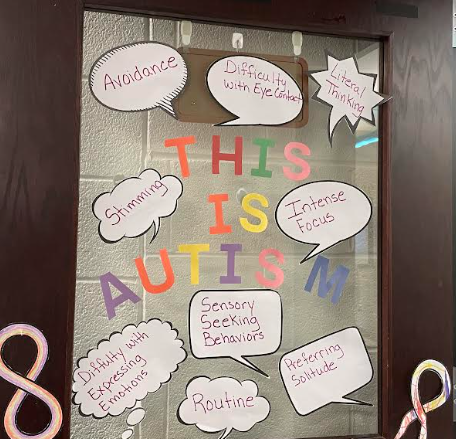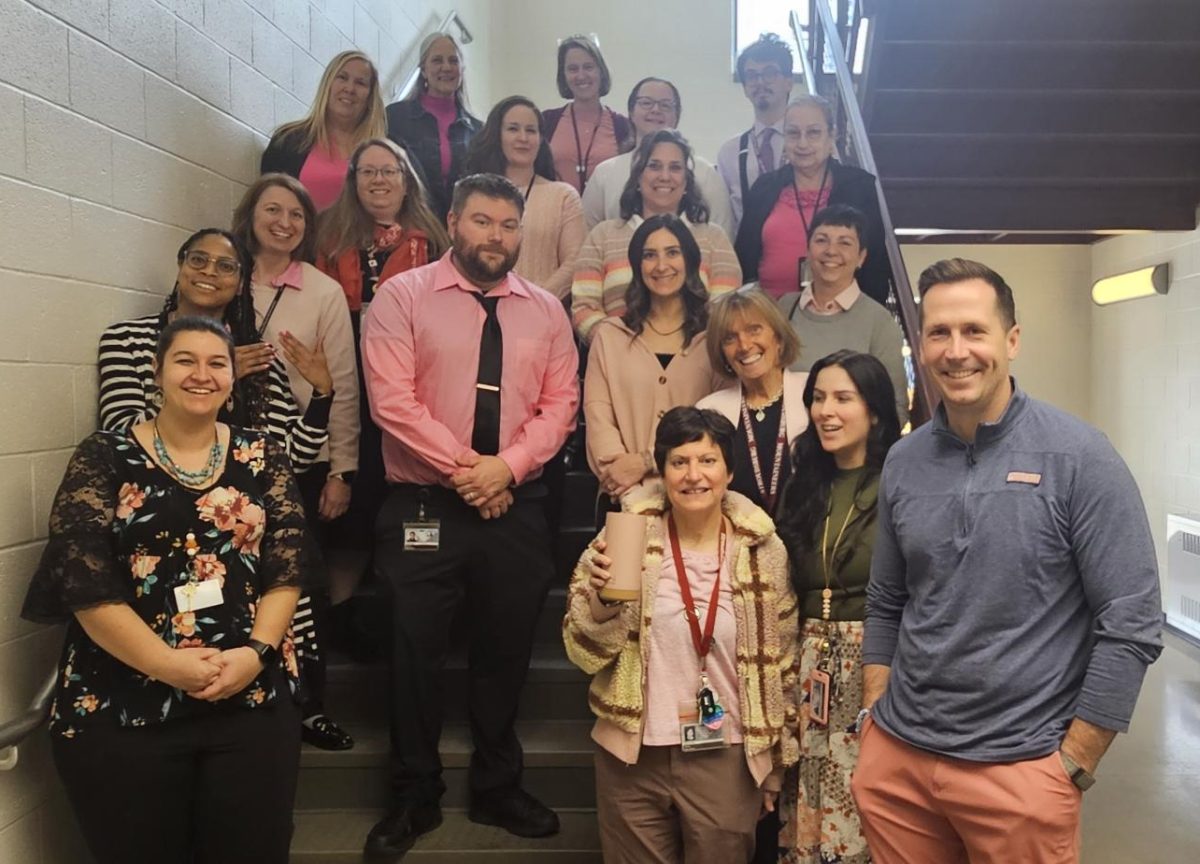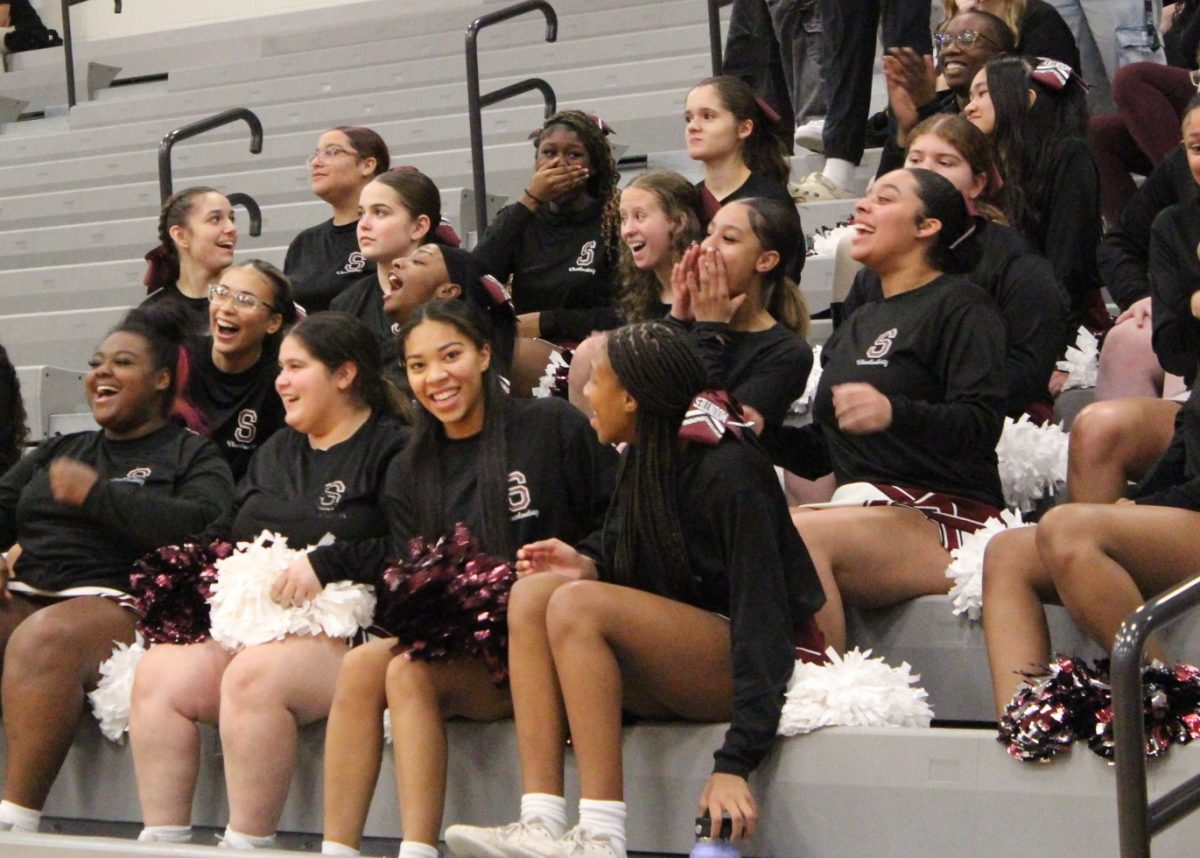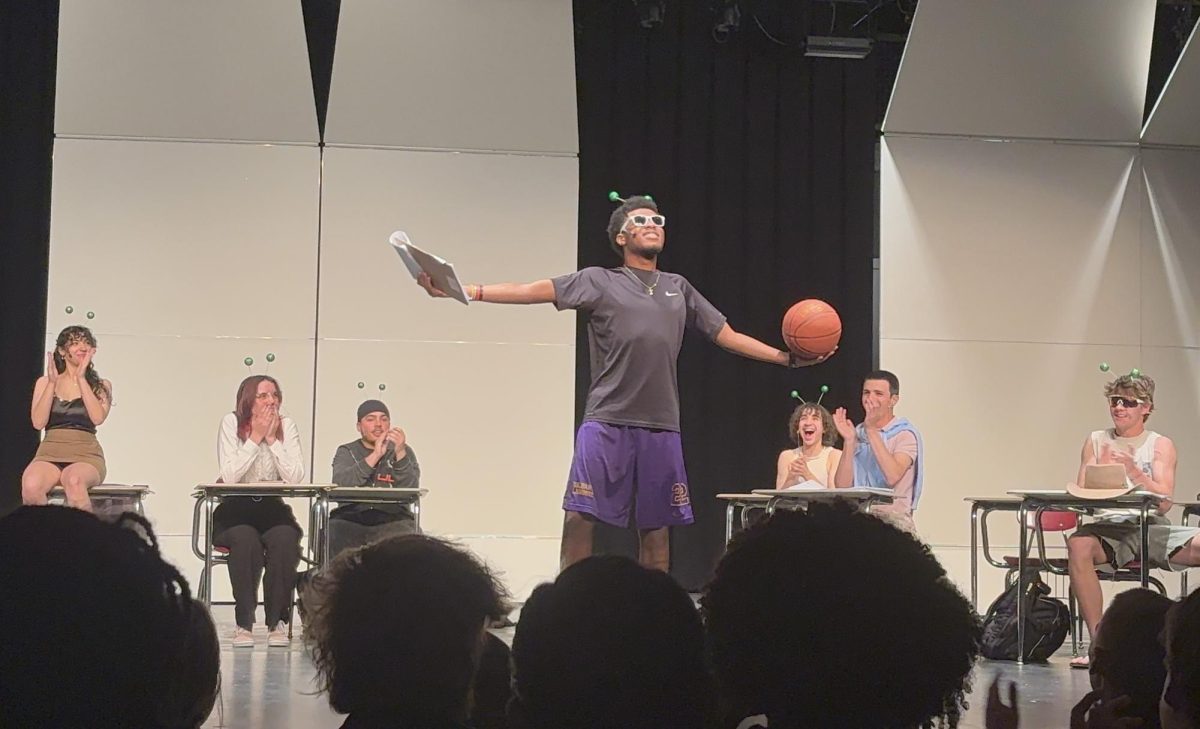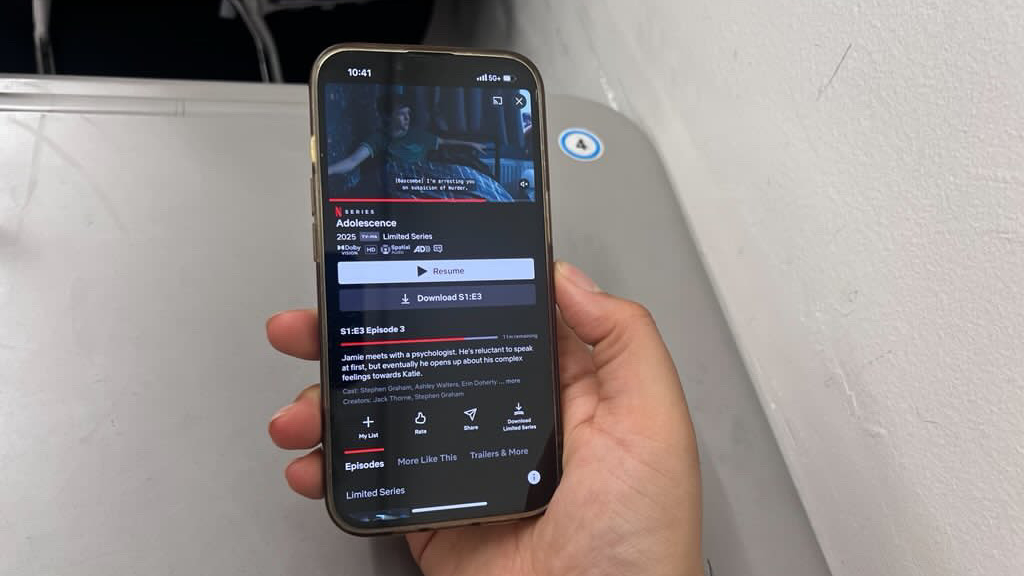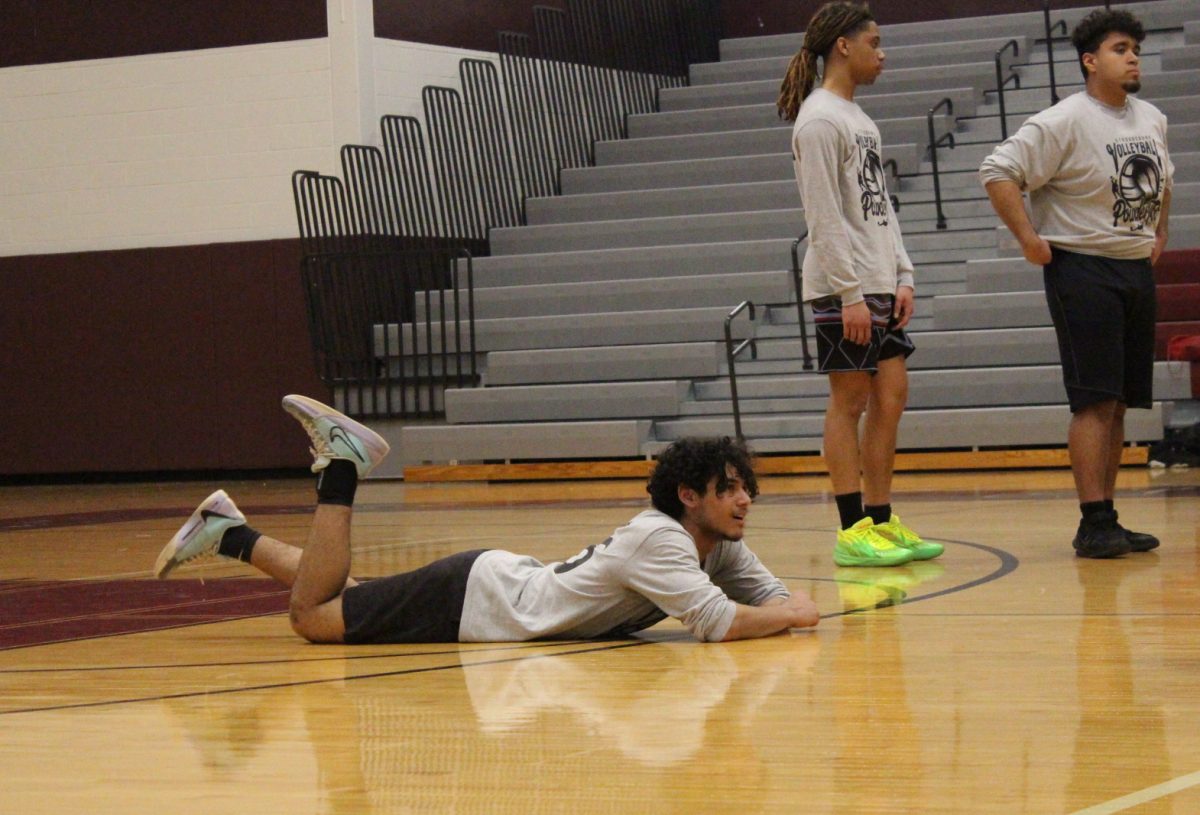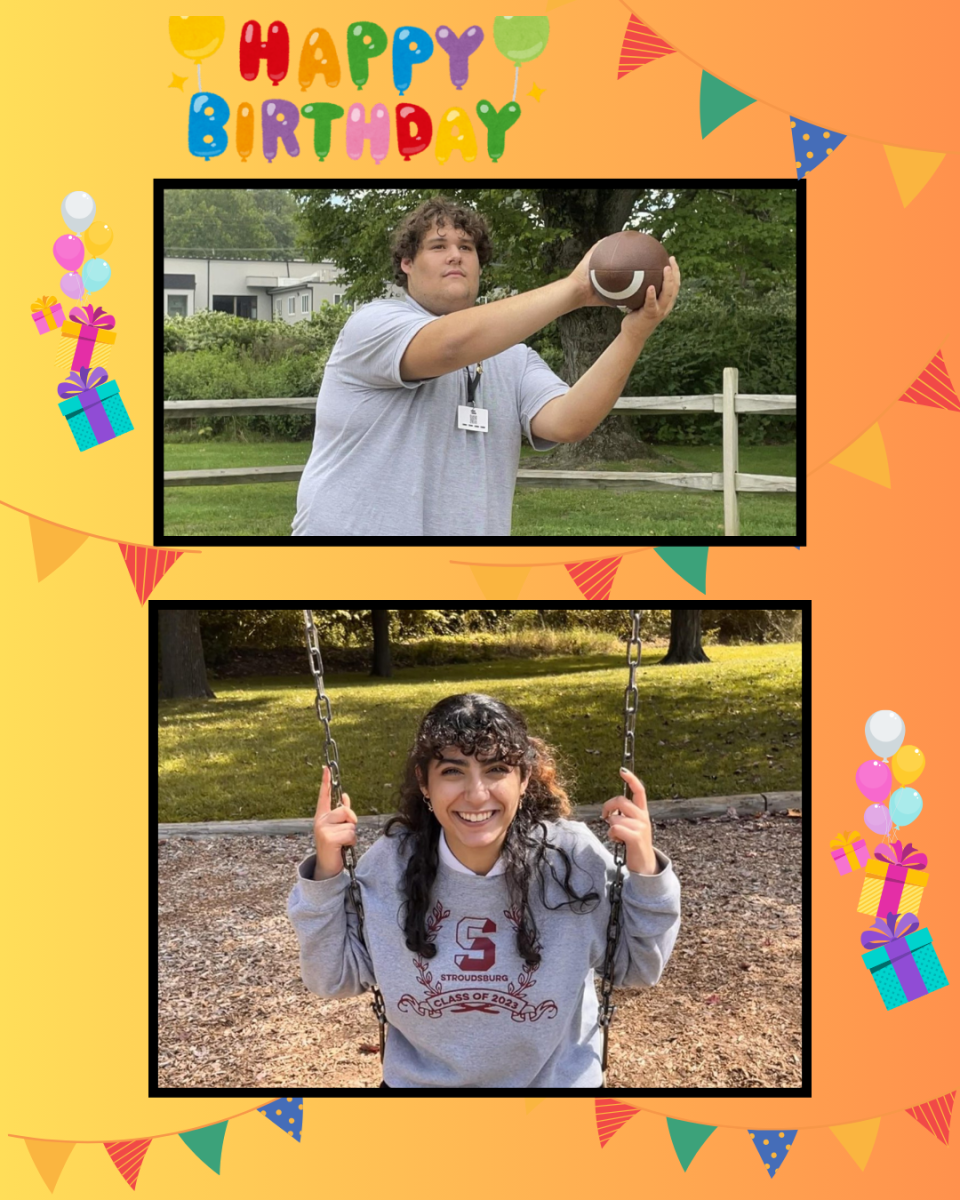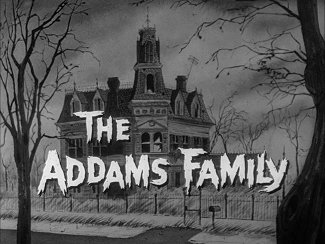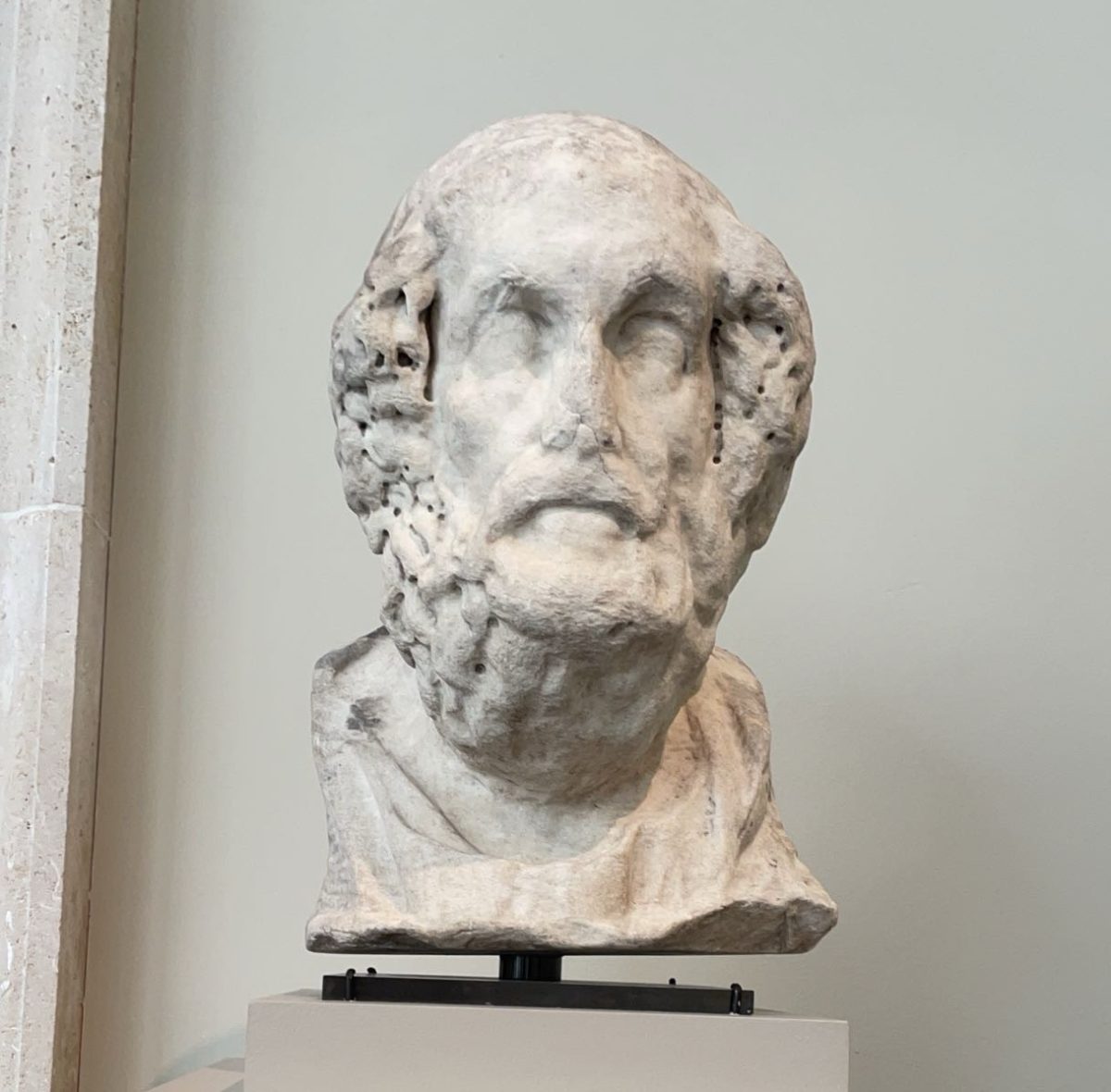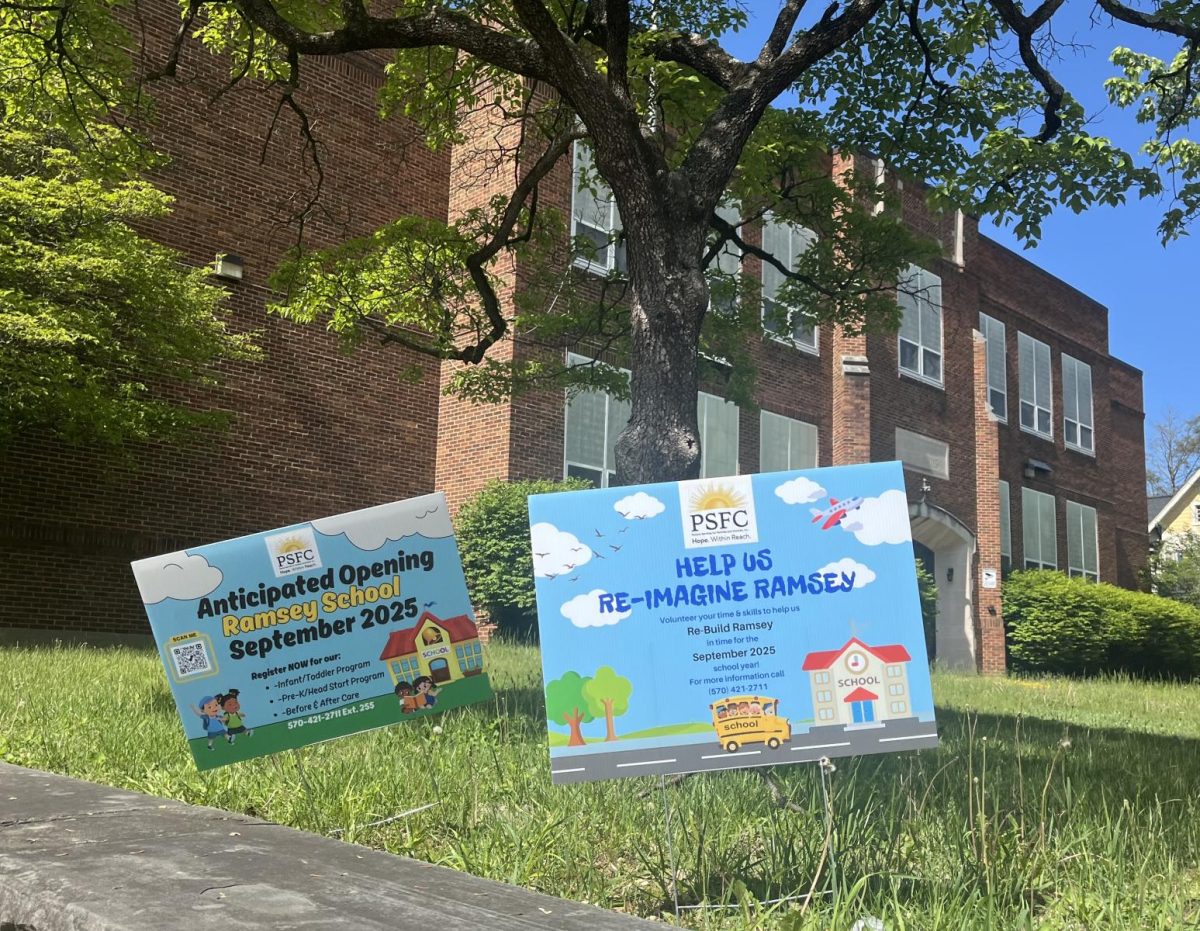Why we need to be taught how to see race
“Colorblindness” poses a danger to our education system
Junior Taha Vahanvaty is pictured, symbolically showing, with his hands, how people should not see color.
November 2, 2021
Colorblindness. No, not the disease that affects the cones in your eyes. The “colorblindness” I’m referring to is a term that has been used by individuals to describe their refusal to see race.
By saying “I’m colorblind” people don’t actually mean that they can’t see blue or green; rather, they are suggesting that they can’t ever be racist because they don’t think in terms of skin color at all. Becoming colorblind has gained popularity and support in recent years, and its rise is becoming ever more alarming as it inches toward academic institutions, especially public schools.
In public schools across the country, students are beginning to hear more and more teachers identify themselves as colorblind. When teachers say they are color blind, they are usually saying that they do not discriminate and that they treat all their students equally. Of course, no one is arguing that being fair and treating each student with respect is essential to teaching. However, race and ethnicity often play important roles in a student’s identities and contribute to their culture, their behavior, and their beliefs.
Whether we like it or not, the fact remains that children as young as six months of age are developing biases wherein they show a preference for people of the same ethnicity. A study conducted by Oxford social scientists during the 1940s consisted of something called the “framed doll test” in which children ages five to seven years old assigned personality traits to white and black dolls. The results found most children preferred the white doll and labeled it positively, while the black doll was assigned negative words. A more recent study conducted in 2006 by Harvard social scientists confirmed these findings by organizing the experiment.

Black children playing with white dolls in 1937.
The reason children start assigning positive and negative attributes to the skin is because small things such as facial expressions, tone of voice, or body language leave racial impressions. Whether it’s white children watching their parents lock their car in a certain neighborhood, or black children observing fear in their parents when they are pulled over, these experiences leave an imprint.
The race of a child affects his or her life. It very likely played a significant role in the lives of their parents, grandparents, and ancestors. It simply can’t be ignored.
“If we have blinders on to the prejudice that exists around our community, we’ll never be able to address it,” said Ms. Cynthia Crowner, a local Presbyterian reverend. After retiring as a minister and theology teacher at Blair Academy, in Blairstown, New Jersey, Crowner focused her work on intercultural and interfaith relations within Monroe County.
Crowner explained why color awareness is important, especially in the school system. “Teachers need to teach students to see race so that they are more equipped to deal with the biases, prejudices, and injustices that exist around us today,” Crowner said.
When race and ethnicity are ignored, teachers miss opportunities to help students connect with the material that is being taught. Recognizing that race and ethnicity influence students’ learning allows teachers to be far more responsive to their individual differences, thereby allowing educators to teach more effectively in the long run.
While it may be tempting for educators to teach future generations to not dwell on the injustices of the past, it also carries a dangerous message that hurts minority students most.
“I think historically it’s very important to understand the difficulties people of color have felt in this country,” said social studies teacher Mr. Anthony Lanfrank. ” I get how “color blindness” is seeking to fix all the inequities within our society. But teaching that everyone is the same doesn’t erase historical injustices.”
Far too often schools will shy away from teaching their students to see color for reasons such as “The students are too young” or “Talking about injustice will only upset kids.”
However, what schools need to recognize is that by teaching students to not see race, they are ignoring racism rather than addressing it.
An individual’s race and ethnicity are central to her or his sense of self, but by no means is it the defining trait of a person’s identity. However, teachers need to make sure that they are able to teach students how to acknowledge another individual’s race and ethnicity and how they play a role in that student’s life.
“You can’t fix our society if you don’t fix people first”, said Lanfrank, “and the way we do that is by acknowledging history.”
To read more about the dangers of colorblindness please check out the articles published by TED and the Washington Post.










